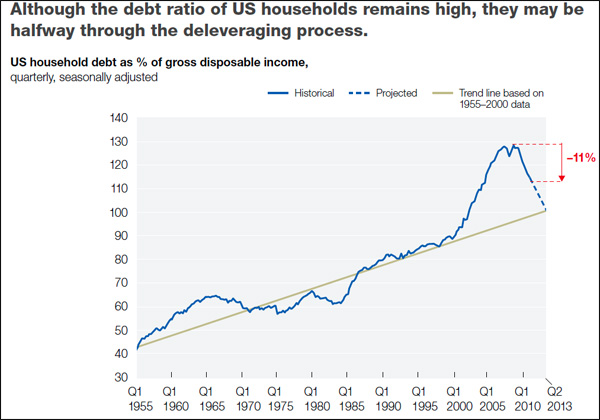It’s December 21st as I write this which is the artificial deadline we circled for a fiscal cliff resolution in 2012. By the time that you read this we may have a resolution, but as of this writing we do not. Last night the House of Representatives abruptly adjourned without voting on Speaker of the House John Boehner’s “Plan B”.
No insider expected Plan B to be the ultimate resolution of the fiscal cliff debate. It was a bargaining chip for Speaker Boehner to show united resolve from House GOP during negotiations with President Obama. With that resolve now shattered, eyes turn toward an increased role of Senate Leaders: Republican Mitch McConnell and Democrat Harry Reid.
Without action between now and year-end, a bundle of tax increases and spending cuts will become effective January 1. It is important to keep in mind that this bundle of changes accumulates over a full calendar year to equal the billions of dollars that have been estimated to reduce the economy. While it looks like a compromise will be difficult in the next few days, any action in 2013 could be retroactive to the end of 2012, especially on the income tax front.
Greg Valliere, Chief Political Strategist at Potomac Research, has noted this week that we are now in a worst case scenario. This doesn’t mean the full “cliff” will necessarily be realized, but Washington may look to the markets for a “crisis” prior to acting. As of yesterday’s close, the US stock market as measured by the S&P 500 is trading above Election Day values. A pullback is not out of the question but recognize the fickle nature of political negotiations which make it very difficult to time peaks and valleys.
During this time, as always, we manage your portfolios with a steady hand recognizing that there are ebbs and flows in investing. You have stated goals for your investments related to your life needs. Our enduring purpose is to help you to achieve those goals through our investment and financial planning decisions. If you have any questions as we continue to navigate these choppy fiscal waters, please feel free to contact us.
On behalf of everyone at The Center,
Melissa Joy, CFP®
Partner, Director of Investments
Required Disclosure: The information contained in this report does not purport to be a complete description of the securities, markets, or developments referred to in this material, are not a complete summary or statement of all available data necessary for making an investment decision, and do not constitute a recommendation. The information has been obtained from sources considered to be reliable, but we do not guarantee that the foregoing material is accurate or complete. Any opinions are those of Melissa Joy and not necessarily those of RJFS or Raymond James. The S&P 500is an unmanaged index of 500 widely held stocks that’s generally considered representative of the U.S. stock market.









